It’s the third, final, month in Playas del Coco, Costa Rica. It’s been very interesting watching the environment change as it transitions from high season to low season. From the complete and almost total lack of any rain for months on end, to the rolling thunderclouds that are a near daily occurrence. The changing seasons also brought a startling difference in the daily encounters.
Changing Scenery
March had so many people to interact with. People live here for months at a time. The beaches, while not completely packed, were still well attended, and the conversations around the pool were diverse. There was always someone around to talk to.
Around the beginning of April, people said it would be a “ghost town” around here, and the numbers of people had definitely tapered off. There were still some regular people staying for a few weeks to a month or more. And there was an absolute explosion in the number of people during the week of Semana Santa or “holy week”.

Local people, known as “Ticos”, come out of the cities in droves with their families to the beach for what is effectively a week-long party. Unfortunately, it also came with a week-long party’s worth of trash that ended up littering the beach and town. Luckily, Earth Day followed close on the heals of Semana Santa and several people joined in and helped where we could to clean up the beach and some of the harder hit areas of the central area. Many hands made light work of it, and most of the area was pretty well back to normal by lunchtime.
Leftovers!
Now that it’s May, it’s possible to finally understanding how deserted this area really gets. Over the past couple of months, there are people we’ve interacted with, become friends, and exchanged contact information intending to keep track of each other, and maybe influence fate a bit to allow our paths to cross sooner than they would otherwise. We’ve counted down the days, said our goodbyes, and waved as they got on a shuttle to the airport toward their next destination. Many times, they have gifted perishable items that people just can’t, or don’t want to, bring back with them.
Which brings us to leftovers! We do NOT waste food. It physically pains me to throw food away, and I will do whatever I can to avoid it. As each person left, many times they left us with food that I would not normally buy. We got a glimpse into their culinary life, which forced us to break out of our culinary comfort zone and discover new foods and new ingredients. And I had to figure it out quickly. Several ingredients were already open, or had a few bruises on them, and had a narrow usage window. It was fun and exciting! I can proudly say I haven’t had to throw away anything yet, and my fridge is back to manageable levels.
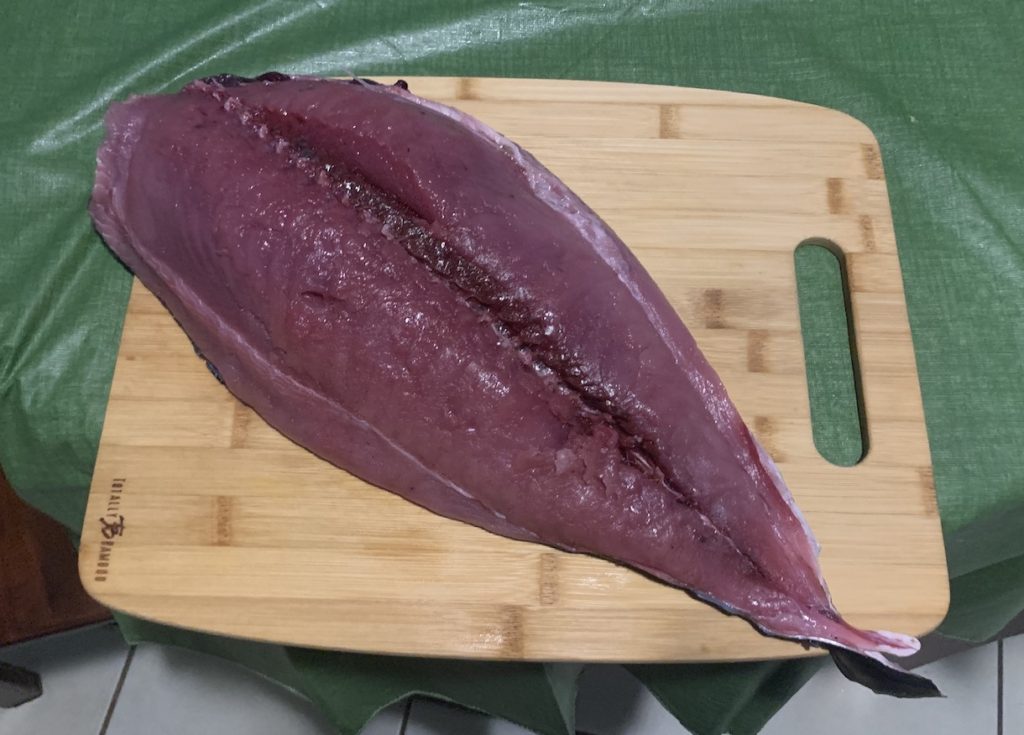
One particularly generous neighbor left me with many Chinese ingredients. Most of them I was already familiar with, but he also introduced me to a new one, Zha Cai. I’ve had Ya Cai before, and I initially thought that’s what he had given me, so I was excited about making Dan Dan Mian. But the moment I opened the package, I realized it was a different animal. They made Zha Cai not from pickled mustard greens, but the stems. And they’re delicious! I had to be careful not to “taste test” the whole pouch!
The same neighbor also gifted me with a rather sizable chunk of tuna from a fishing trip. Thank you! I wasn’t able to dig into the tuna immediately, as you really should freeze it for a while because of the risk of parasites. I cut them up, bagged them, and tossed them into the freezer. After about 9 days in the freezer, I could pull out the steaks and start deciding what to make.

I kept the steaks simple with just a basic seasoning to let the meat shine, but then whipped up some szechuan-style green beans for the side. The tuna was quite good. But the beans were really the star of the dish. I hurried to write what I remembered about how to make them. Which is hard to do when you have just started adding ingredients, tasting, and adjusting as you go.
Don’t Pay Attention to the Color…
For my Sunday morning walk, we head to the local Sunday Market. I try to figure out what we want to make that week before we go to the market as we want to source ingredients from there first, before resorting to the grocery store. I try to minimize transport costs and, ideally, directly help local people rather than large corporations.
During the high-season, there were usually two, sometimes three, fruit and vegetable stands. There was some overlap in offerings, but there were also a couple of types of food that only one vendor had. I quickly found our favorite people. They were always in the back, and they always had the most delicious things at amazing prices. We’d walk away with two full backpacks of quality produce, and usually only pay the equivalent of less than US$10.
At the market, I also discovered a new type of pepper, chili dulce. They’re smaller than a bell pepper, very mild and have a really delicious flavor. I don’t know why I never saw them in the US. Maybe they just don’t travel well, but they are my absolute go to for any dish that we traditionally would use bell peppers. They add a lot more flavor and depth than the traditional bells.
As the low season has progressed, the number of produce vendors has tapered off and my favorite vendor is infrequently at the market. There is another vendor at the front, but they don’t have a lot of the stuff I’m usually looking for, like green beans and chilis dulces, but they do still have some staples like pineapple and carrots. They definitely use higher pressure sales and frequently push samples they make difficult to turn down. They also tried to convince me that a completely green pineapple, with no hint of a sweet smell, was fully ripe. “Don’t pay attention to the color…”


I understand everyone is just trying to make ends meet, and the pandemic hasn’t been kind to Costa Rica, but I’m still not super appreciative of such a blatant lie to sell the fruit. In the end, it didn’t really matter either. I ended up buying the unripe pineapple as I didn’t need it immediately, and I just let it ripen over time with a few bananas. It was also about US$1.50, seriously. Eat like a local. When you eat what’s in season and local, it’s easy to keep costs down while still eating delicious food.
Will it Taco?
We fell in love with the street tacos in Belize that we had for every breakfast, so I attempted to make my own. My first couple of attempts weren’t the best, but each time they’ve gotten better. Still not as good as the ones we got off the corner in Belize, but that’s expected. They’ve been making them for years, with recipes passed down over generations. I’m just a gringo that rolled into town and fell in love with the food.

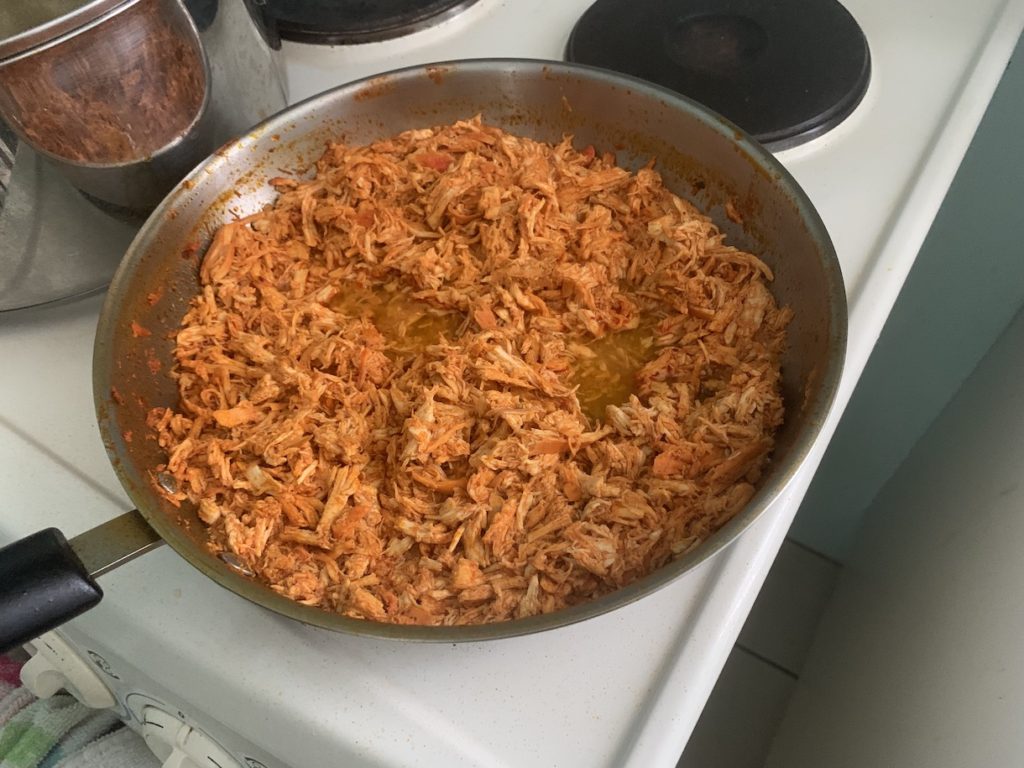
I have made a couple of additions to the street tacos, which I really enjoy, incorporating some local flavors from here as well. The first is the pineapple. Every other week, I’ll process a pineapple into small cubes, and then cook it with a bit of seasoned vinegar. The cooking keeps it from going off too quickly, there’s just so much pineapple!, and it also helps with the slightly astringent flavor from the bromelain enzyme if it’s not fully ripe.
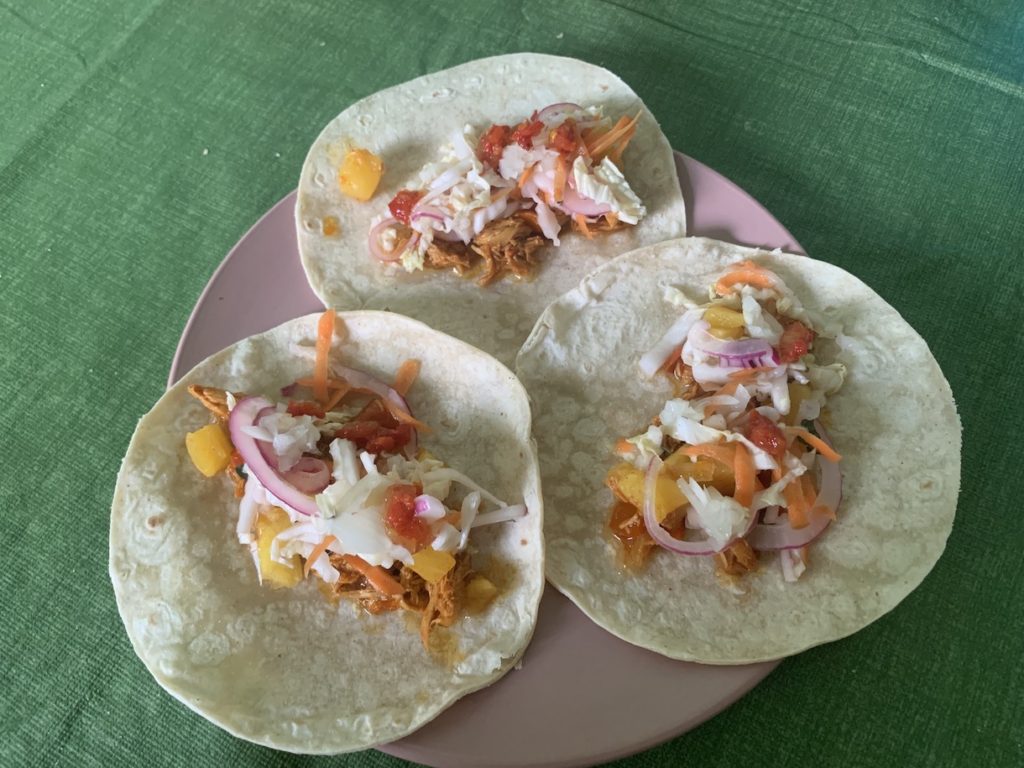
The second is curtido, a slightly fermented cabbage relish similar to coleslaw. I’ll make up a big batch, mix it daily, and top my tacos with it. Sometimes I’ll just grab some and put it on a plate for a snack. I’ll eat something a little more involved if I’m in a snacking mood. Since we often have corn tortillas on hand for breakfast, many times I’ll take a mental inventory of our leftovers and ask, “will it taco…?” Leftover piece of steak… absolutely will taco. Leftover risotto… does not taco.
Bone Fishing
One ingredient that I always had on-hand in the US, and missed quite a lot while in Belize, is bone broth, which I often refer to as “stock”. I have to stay in one place for a while to make it due to time necessary to “collect” the ingredients, mainly a chicken carcass or three, and time afterward to make enough meals to use up the resulting stock. It’s a fairly prodigious time commitment to designate a day to make it. Around 6 hours, start to finish, that someone has to stick around to babysit a stove and then filter it.
Since I am in Costa Rica for 90 days, I have some time. I collected a couple of carcasses from my other cooking efforts, primarily my breakfast tacos, as well as bones here and there from restaurants we’ve visited and took the leftovers home. Since I have to keep all of our food scraps in the freezer anyway, I have a couple of bags designated for our meat/bone scraps and one for any vegetable pieces that aren’t good enough to eat, but are perfectly good for stock such as onion and carrots ends.

Then, when I have enough, we toss it all in a pot with some water and start simmering. I’ve found the ideal temperature is 170-190°F (75-85°C), which dissolves out all the delicious collagen in the connective tissue and leads to a lovely thick bone broth that completely sets up in the refrigerator. Since bone broth is so nutritious, bacteria absolutely LOVE it. In the fridge, it only lasts for 3-4 days. So I usually refrigerate 4C (1L) that can be used quickly for an enormous meal such as risotto or paella, and then freeze the rest for later use.
I’ve never made fish or seafood stock, but had so many delicious fish bones and pieces after making our tuna steaks (thanks again!) I decided to just toss them in with the rest of the meat, which I usually let simmer for 4-5 hours, and see what happened. What happened was the unit started smelling REALLY fishy after only 30-45 minutes.
A quick 5-minute Google search later showed that seafood stock is delicious and easy to make, but you really only want to let the fish go for about an hour. If you let it go longer, since it’s such a delicate meat, a lot of more strong and fishy flavors will come out and overpower the delicious delicate flavors that come out first. In we went with the tongs to pull all the fish out! It ended up being one of the best stocks I’ve made, but I’m not sure the effort of fishing it out later was necessarily worth it. I might try throwing any seafood in at the end with the veggies if we get more.
I Didn’t Recognize You With Your Shirt On
It’s hot here. Really hot. And humid. I try to wear as few clothes as possible throughout the day. If I’m in the pool, of course, I’m only wearing my bathing suit. If I’m next to the pool or walking on the beach, usually just in shorts and a top.

It definitely affects my cooking. I try to avoid cooking during the day, when it’s the hottest and every joule of energy that I’m pumping into the place is just going to make it hotter and more humid. I also try to avoid using multiple burners, to minimize how much excess heat I’m adding, and just swap pans off and on a single burner. Especially since the stove here heats and cools down slowly. I try to remember to wear my apron when cooking things in oil. Oil splattering, while wearing as little as possible, is no joke!
Pura Vida!
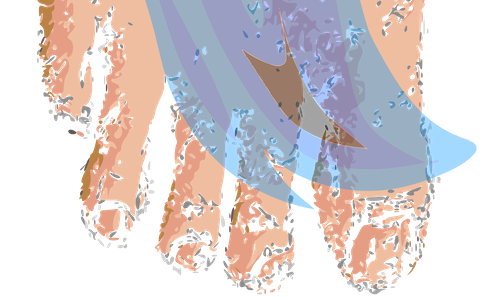


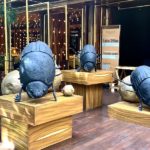
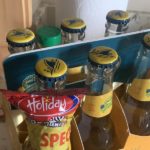
Love your stories, keep on keeping on
Such cool adventures! Would love the food. Where to next?